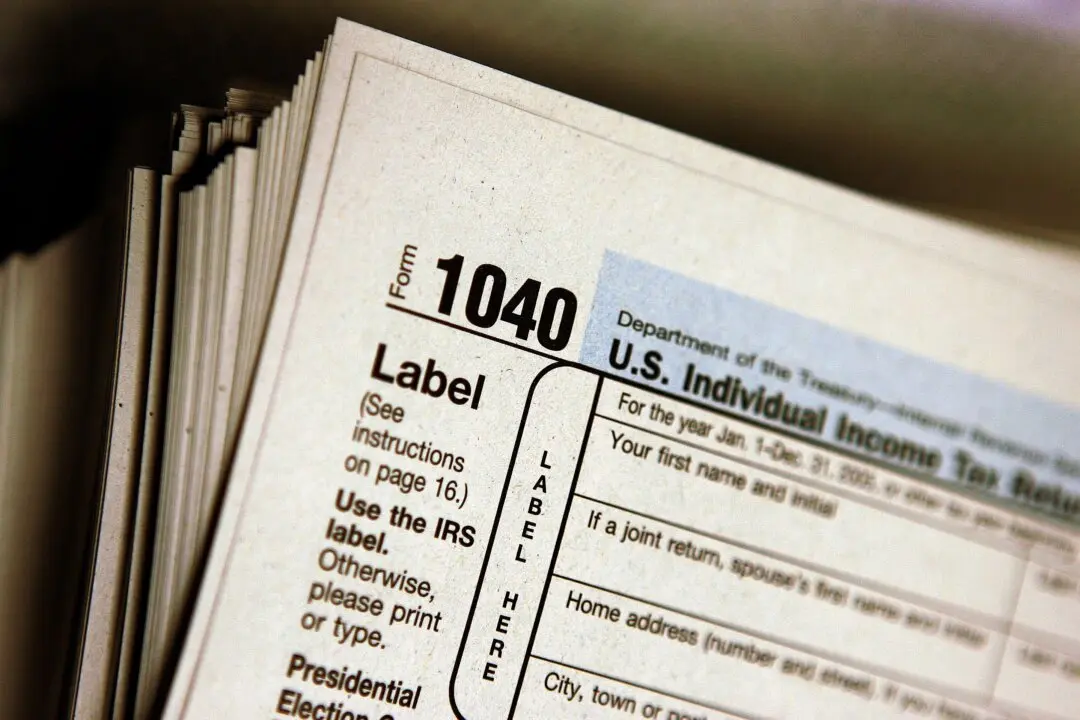Costco has taken in significant revenue since it started selling gold bars online last year, said a Wells Fargo analyst in a note issued on April 9.
The retailer last year started selling one-ounce gold bars for about $2,000 depending on the price of gold. The firm is also selling silver for approximately $675 for a tube of 25 coins.





